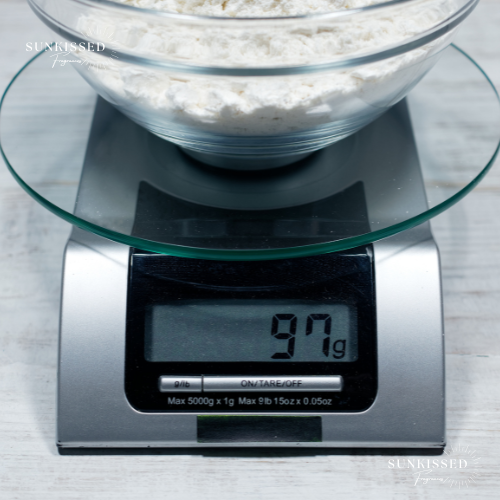
Understanding the Difference Between Net Weight and Net Volume: Why We Sell by Net Weight
Introduction
When it comes to packaging and selling products, especially in industries like food, cosmetics, and chemicals, understanding the difference between net weight and net volume is crucial. These terms are often misunderstood, leading to confusion among consumers and sometimes even among businesses. This guide will explain the key differences between net weight and net volume, the implications for product packaging and sales, and why our business chooses to sell by net weight.
Section 1: Defining Net Weight and Net Volume
1. What is Net Weight?
Net Weight Defined:
-
Definition: Net weight refers to the weight of the actual product excluding any packaging materials. It represents the pure weight of the content inside a container or package.
-
Measurement: Net weight is typically measured in grams (g), kilograms (kg), ounces (oz), or pounds (lbs).
Example:
- A jar of peanut butter might have a gross weight (including the jar) of 500 grams, but the net weight of the peanut butter itself is 450 grams.
2. What is Net Volume?
Net Volume Defined:
-
Definition: Net volume refers to the amount of space the product occupies, measured in terms of liquid capacity. It indicates how much of the product is present in terms of volume.
-
Measurement: Net volume is commonly measured in milliliters (mL), liters (L), fluid ounces (fl oz), or gallons.
Example:
- A bottle of shampoo might indicate that it contains 250 milliliters of product.
Section 2: Differences Between Net Weight and Net Volume
1. Measurement and Application
Key Differences:
-
Measurement Units: Net weight is measured in units of mass (grams, kilograms), while net volume is measured in units of liquid capacity (milliliters, liters).
-
Application: Net weight is typically used for solid, semi-solid, and granular products, whereas net volume is used for liquids and some semi-liquid products.
Implications:
-
Accuracy: Net weight provides a more accurate measurement for products that can settle, compact, or vary in density. Net volume is essential for liquids that conform to the shape of their container.
-
Labeling Requirements: Regulatory bodies often have specific labeling requirements for net weight and net volume, ensuring consumers receive consistent and understandable information.
2. Impact on Packaging
Packaging Considerations:
-
Consistency: Net weight ensures consistency in product quantity, especially for products that may have air pockets or settle over time (e.g., flour, cereals).
-
Cost Efficiency: Selling by net weight can be more cost-efficient for businesses, as it avoids the variability caused by product density and packaging shape.
Example:
- Flour Packaging: A bag of flour labeled by net weight (e.g., 1 kg) ensures consumers receive the exact amount of flour, regardless of how it settles in the bag.
Section 3: Why We Sell by Net Weight
1. Ensuring Fairness and Transparency
Consumer Trust:
-
Clarity: Selling by net weight provides clear and understandable information to consumers, fostering trust and transparency in our product offerings.
-
Consistency: Customers receive a consistent amount of product with each purchase, enhancing satisfaction and reducing complaints about perceived discrepancies.
Example:
- Granola: By selling granola by net weight, we ensure that each package contains the precise amount of granola advertised, regardless of settling during shipping.
2. Compliance with Regulations
Legal Requirements:
-
Standards Compliance: Adhering to net weight measurements ensures compliance with national and international packaging regulations, avoiding legal issues and fines.
-
Labeling Accuracy: Accurate labeling by net weight meets regulatory standards, providing consumers with essential information for informed purchasing decisions.
Example:
- Food Products: Regulations often require food products to be labeled by net weight to ensure consumers receive a fair quantity of the product.
Conclusion
Understanding the difference between net weight and net volume is essential for both businesses and consumers. By selling our products by net weight, we ensure accuracy, transparency, and compliance with regulatory standards. This approach not only builds consumer trust but also guarantees that every purchase delivers exactly what is promised. As a business, our commitment to these principles underscores our dedication to quality and fairness.
Disclaimer: This guide provides general information on net weight and net volume. It's advisable to consult with packaging and regulatory experts to tailor practices to your specific business needs.

























